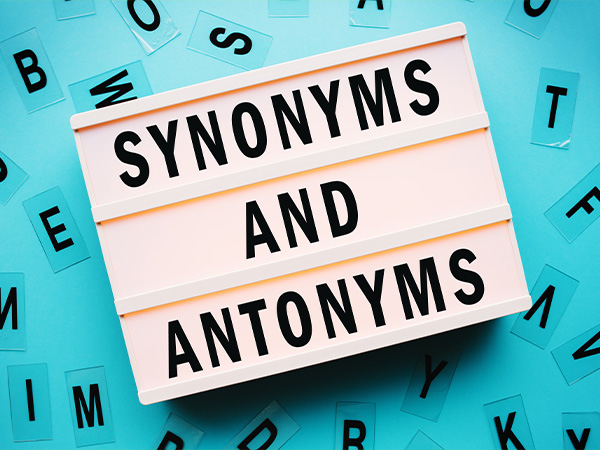Advanced Proficiency: Deepen students’ conceptual understanding by using the Frayer Model to explore nuanced vocabulary meanings across languages. Invite students to analyze how the word’s definition might vary between English and their home language, noting cultural or contextual differences. In the “Synonyms” and “Antonyms” sections, challenge students to identify subtle differences in meaning between related words in both languages. For younger students, focus on clear, accurate English definitions while maintaining home language connections. For older students, encourage exploration of academic vocabulary, multiple word meanings, and idiomatic expressions in both languages. Guide students to write sophisticated sentences that demonstrate deep understanding of the word’s usage in different contexts. This approach maintains academic rigor while leveraging students’ bilingual abilities to enhance vocabulary mastery.






